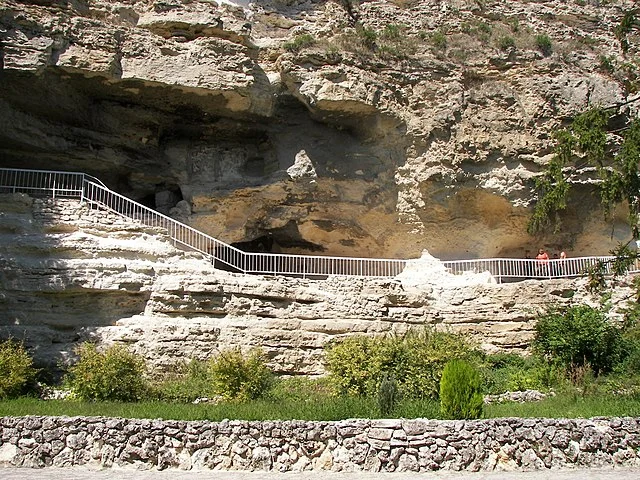Aladzha Monastery is a medieval Christian complex situated near Varna on Bulgaria’s Black Sea coast. The site, carved into a limestone cliff, offers significant insights into the monastic life of the medieval Eastern Orthodox Church. Its history, architecture, and cultural value have made it one of Bulgaria’s most renowned rock monasteries.
Get your dose of History via Email
Historical Background
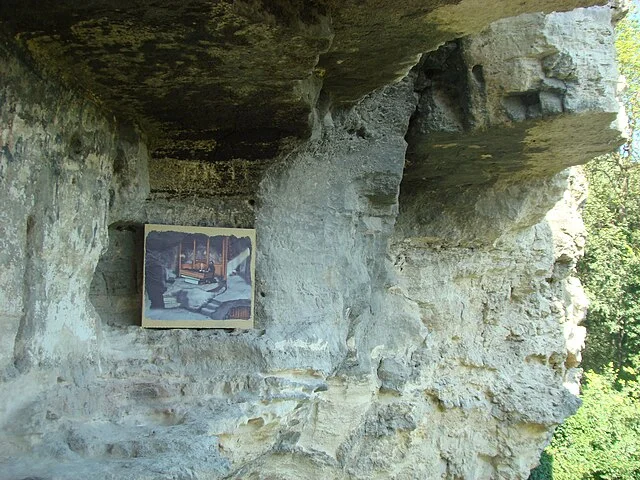
The origins of Aladzha Monastery remain uncertain. However, it likely emerged during the 12th or 13th century AD when Christian communities in Bulgaria adopted monastic life. The monastery functioned until the late 14th century, when Ottoman rule began in the Balkans, resulting in a gradual decline of Christian institutions, including Aladzha.
The term “Aladzha” is of Persian origin, meaning “colorful,” which likely refers to the traces of frescoes once visible on the monastery walls. Local legends connect the monastery to various mystical and religious figures, but no conclusive historical records verify these stories.
Monastic Life at Aladzha

Aladzha Monastery served as a place of solitude and contemplation for monks. Living in rock-cut chambers, the monks followed a strict ascetic lifestyle typical of Eastern Orthodox monasticism. Their routine focused on prayer, manual labor, and communal worship.
The location of the monastery provided an isolated environment conducive to religious devotion. Additionally, the monks practiced self-sufficiency by cultivating food in the nearby fertile areas and utilizing natural resources around the monastery.
Architectural Structure
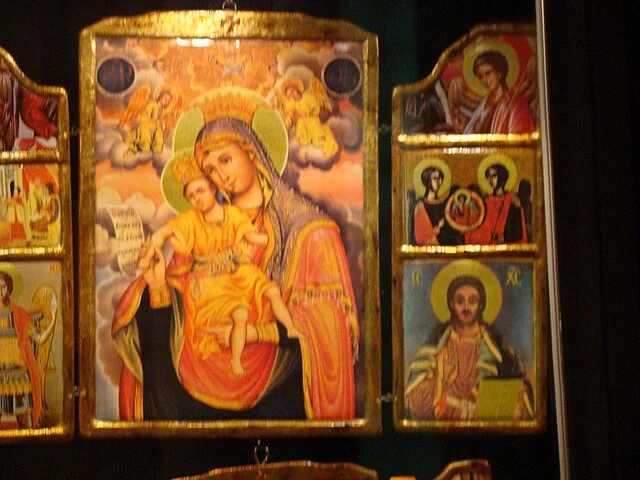
The architectural layout of Aladzha Monastery reflects the practical needs of monastic life. The complex comprises two main levels, carved directly into a cliff face. On the first level, the monks built several essential chambers, including a chapel, monastic cells, and a dining area. The chapel, featuring a small altar, served as the primary worship space for the monks.
The second level includes additional monastic cells and possibly storage spaces for food or religious items. These levels connect through a series of narrow staircases carved into the rock. The presence of fresco remnants suggests that the interior walls were once decorated with Christian iconography, likely depicting saints and biblical scenes.
The Catacombs of Aladzha
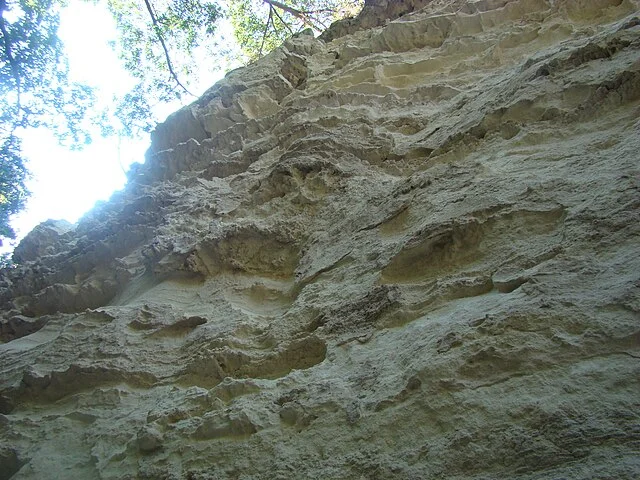
Near the main monastery, a series of underground catacombs lie concealed within the hillside. These catacombs, though partially collapsed, likely served as burial grounds for the monastic community. The catacombs are not as well-preserved as the main chambers but provide additional information on the monastery’s function and the burial practices of medieval Bulgarian Christians.
Archaeological Discoveries and Preservation
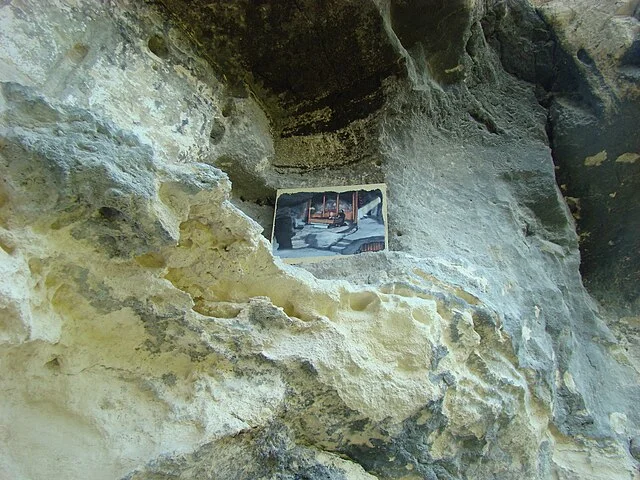
Excavations at Aladzha Monastery began in the late 19th century, sparking interest among historians and archaeologists. Initial studies focused on documenting the monastery’s structure and uncovering its historical significance. Since the 20th century, Bulgarian authorities have implemented preservation efforts to prevent further degradation of the rock-cut chambers and frescoes.
The monastery complex is now a protected cultural monument and serves as an open-air museum. This preservation effort allows visitors to explore the site and better understand Bulgaria’s medieval Christian heritage.
Cultural and Religious Significance
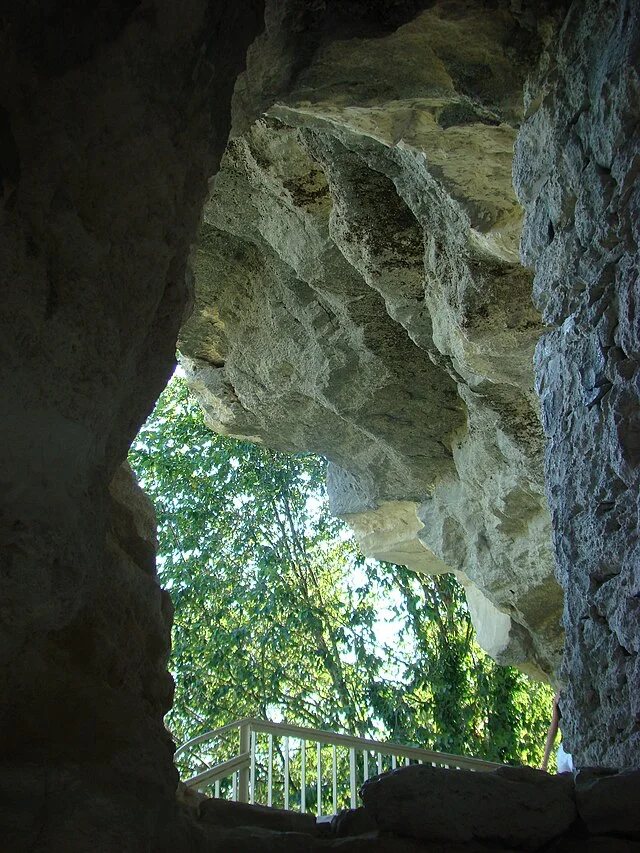
Aladzha Monastery holds historical and religious importance in Bulgarian culture. It represents a unique example of rock monasticism, a practice seen throughout Eastern Orthodox regions, especially from the 10th to 14th centuries AD. The monastery’s cultural value is reinforced by its association with Bulgarian Orthodox Christianity and its role in shaping the spiritual landscape of medieval Bulgaria.
The site’s mystique and historical relevance continue to attract scholars and tourists alike. For those studying the Eastern Orthodox monastic tradition, Aladzha provides essential insights into the spiritual and daily lives of medieval monks in the Balkans.
Conclusion
Aladzha Monastery stands as a testament to the dedication and faith of Bulgaria’s medieval Christian communities. The rock-hewn chambers and remaining frescoes reflect the architectural ingenuity and artistic expression of the monks who lived there. Today, the monastery remains an invaluable link to the past, preserving the legacy of Bulgaria’s medieval religious life. Its significance, both historical and cultural, ensures Aladzha Monastery’s continued reverence as one of Bulgaria’s treasured historical sites.
Source:

